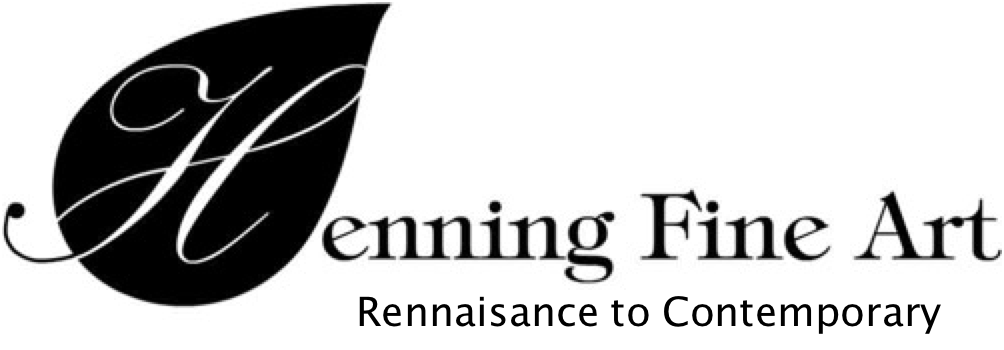Carleton E. Watkins (1829 - 1916)
Carleton E. Watkins (1829 - 1916)
Carleton E. Watkins (1829 - 1916)
”U.S.S. Lancaster”
Mammoth Photograph
27 5/8 x 30 3/4 inches (frame)
17 x 20 1/4 inches (albumen print)
24 1/2 x 21 1/2 inches (mount)
Signed: “C.E. Watkins” (low right)
Dated: 1862 Verso
Available now is a superb historically significant photograph by the most notable 19th-century American photographer Carleton E. Watkins. Depicting the Civil War battleship “U.S.S. Lancaster”; this never before seen mammoth plate albumen print was previously believed to have zero survived examples. Listed in Carleton’s inventory of mammoth-plate negatives in possession of Isaiah Taber around 1882 number 229 clearly states “U.S.S. Lancaster” which is listed in the appendix of “Carleton Watkins: The Complete Mammoth Photographs” by Christine Hult-Lewis and Weston Naef. Showing the battleship with its canons proudly exposed while anchored out in the San Francisco Bay Harbor; Angel Island can be seen sloping into the sea in the background while another ship is present in the far distance to the right. This image was more than likely taken at the end of Meiggs Wharf which extended about 1600-2000 feet out into the harbor. A small stereo card printed by Watkins shows a nearly identical image (as seen provided) and has been the only reference to this image available until now.
The photograph is mounted to its original board and is fabulously signed by Carleton Watkins himself (low right) unlike the majority of signed photos which were signed by unnamed studio assistants. The caligraphy caption “U.S.S. Lancaster” is written in black ink possibly by professional calligrapher Fulgenzio Seregni or one of his trained students. What makes this an even more fine example is that we know the original owner of this print as indicated verso. Written largely in pencil verso reads “Mr. Wm L. Lyon Greenwich , Connecticut”. William Lewis Lyon was a clipper ship captain in the mid-19th-century trade between China and was part of the historical Thomas Lyon lineage, one of the first to settle in Greenwich in the late 17th century. Captian William Lyon presumably spent ample time in San Francisco and could have seen this image in Watkins’s gallery and requested a mammoth size print.
While this image is an original photograph by Watkins it appears to show either a painting or hand-embellished photograph from Carleton. The only confirmed image of the Lancaster as stated earlier is the 2x2 inch stereo card, Watkins apparently never photographed the ship from Meiggs Wharf with his mammoth camera. After discussing the print with Christine Hult-Lewis this print shows either one of two things. 1. This is a photograph of a painting that was executed after the stereo size image of the Lancaster in the harbor. 2. Or more likely this work shows a photograph that was enhanced with hand embellishments. This mammoth could have originated as a smaller format photograph and then enlarged with a solar enlarger to yield a weaker image requiring overpainting. It seems more likely that this is indeed an original photograph with added painterly elements as indicated by him actually signing the print himself.
This is a most historically important museum-quality photograph of the Pacific Flagship of the Navy the U.S.S. Steam Frigate Lancaster. Recently reframed to full museum standards this work is ready to be hung and displayed. It was likely that no more than 2-3 of these were ever printed period with this surely being the last example in existence. The last image provided shows the backside of the mount slightly enhanced to bring out the pencil inscription. The condition shows fading, toning, slight creases up the right side as well as slight creases along the top portion of the print.














